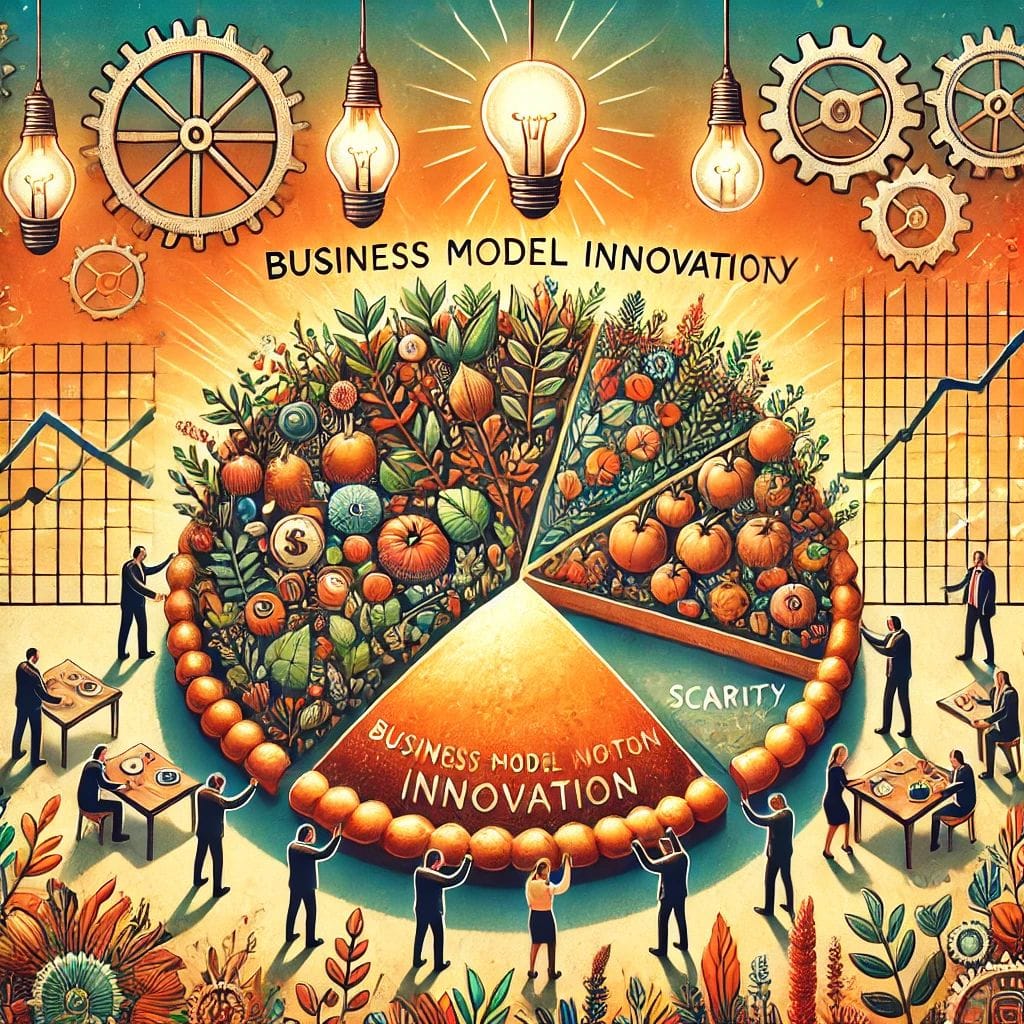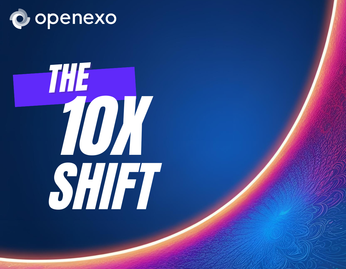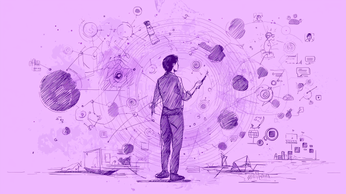
A Life Lesson: Changing Tables to Scale in Business and Life
At a business workshop, a simple lesson from a waiter taught us to recognize when to stop fixing the unfixable. This mindset shift, akin to "changing tables," has helped us let go of inefficiencies and focus on better opportunities in both business and personal life.
A few years ago, we had the opportunity to attend a workshop in Dallas, Texas, focused on business growth and scaling. This workshop, based on Verne Harnish's Scaling Up methodology, provided us with valuable tools to transform our company. It was an enriching experience where we acquired essential knowledge to improve processes, strategies, and leadership. However, the most impactful lesson we learned did not come from the workshop itself or the exercises we participated in. Instead, it came from a simple interaction with a waiter at the hotel restaurant.
This unexpected lesson has since become a guiding principle that we continue to apply in both business and personal life.
A Transformative Workshop, An Unexpected Lesson
The Scaling Up workshop was designed to help business leaders scale their companies efficiently and sustainably. Together with my father and my older brother, both partners in our company, we attended this event with the desire to take our organization to the next level after the challenges of the COVID-19 pandemic.
During the sessions, we learned about the importance of strategic planning, prioritization, and building high-performing teams. The tools and ideas presented were practical and applicable, but what truly resonated with us happened outside the conference room, during dinner on the first night.
The Wobbly Table
That evening, my father, brother, and I sat at a table in the hotel restaurant to reflect on the day’s lessons. However, the table was unbalanced; every time someone leaned on it or moved a plate, it wobbled uncomfortably.
Determined to fix it, we tried placing folded napkins under the legs and adjusting it in different ways. We asked several waiters for help, but none of their attempts solved the issue. After several frustrating efforts, we became so focused on fixing the table that we lost sight of why we were there—to share ideas and insights from the workshop.
Then, a waiter approached us, watched us silently for a moment, and calmly suggested:
“Why don’t you just move to another table?”
A Life and Business Lesson

That simple suggestion hit us like a lightning bolt. For a good while, we had been trying to solve a problem that had no practical solution, when the simplest and most effective answer was to shift our perspective: to move to another table.
This moment led us to deeply reflect on how we approach problems in life and business. Often, we become fixated on trying to fix what cannot be repaired—whether it’s an inefficient process, a strained relationship, an employee who doesn’t fit the team, or even a business model that no longer works. We persist, pouring time, energy, and resources into finding a solution, but sometimes the wisest choice is to stop, reassess, and take a radical step: change tables.
The Power of Letting Go and Moving Forward
In business, we constantly encounter seemingly immovable problems. Perhaps it’s a project that isn’t progressing, a strategy that isn’t delivering results, or a team that can’t align with the company’s goals. The natural tendency is to keep trying, convinced that with more effort, we’ll eventually fix it.
However, this experience taught us that there are moments when we need to let go. Changing tables doesn’t mean giving up; it means recognizing when it’s better to stop investing energy in something unfixable and seek a new path.
For us, this mindset shift began to influence how we approached challenges in our company. Instead of obsessing over solving the unsolvable, we started evaluating whether it was worth continuing or if we should leave it behind and move forward.
Practical Applications of the Lesson
Evaluating Work Relationships: We realized that keeping an employee who wasn’t aligned with the company’s values was like trying to fix a wobbly table. We learned to identify when it was best to part ways respectfully and focus on building a more cohesive team.
Processes and Systems: On several occasions, we encountered processes that simply weren’t efficient. Instead of endlessly trying to perfect them, we opted to design new systems from scratch, which resulted in significant productivity improvements.
Business Strategies: Some initiatives we implemented after the pandemic didn’t yield the expected results. Instead of insisting on their success, we decided to abandon them and redirect our efforts toward more promising strategies.
Personal Life: This lesson applies not only to business but also to personal life. We learned to let go of relationships or situations that didn’t contribute to our emotional well-being, focusing instead on creating a more positive environment.
How to Know When It’s Time to Change Tables
The waiter’s advice left us with a valuable lesson, but we also realized that deciding when to change tables isn’t always easy. Here are some questions that can help in this process:
- Am I investing time and resources in this problem without seeing significant results?
- Is my effort to fix this situation affecting other important areas of my life or business?
- Is there a simpler or more effective alternative that I haven’t considered?
- Am I holding onto this because of fear of change or attachment to the past?
Answering these questions honestly can provide clarity about whether it’s time to let go and seek a new direction.
A New Perspective for the Future
That night at the restaurant, we decided to move to another table. Instantly, the discomfort disappeared, and we could focus on our conversation and the lessons of the day. This experience became a metaphor that we continue to apply to this day: changing tables allows us to free ourselves from unnecessary problems, gain clarity, and move forward with greater focus.
In business and in life, we often get so caught up in trying to fix what doesn’t work that we forget that change can be the best solution. Thanks to a waiter’s simple suggestion in Dallas, we’ve learned to make wiser decisions, knowing that sometimes the answer isn’t to fix but to move on.
Conclusion

The most valuable lessons don’t always come from books, workshops, or experts. Sometimes, the deepest insights come from unexpected places, like a wobbly table at a restaurant.
In life and business, there are times to work hard on solving problems, but there are also moments to let go, accept that not everything can be fixed, and seek new opportunities. Changing tables isn’t an act of defeat—it’s a strategic decision that allows us to move toward a more promising future.
Are you ready to change tables to find the balance you need?
References:
- Harnish, Verne. Scaling Up: How a Few Companies Make It... and Why the Rest Don’t. Gazelles, Inc., 2014.
- Bet-David, Patrick. Your Next Five Moves: Master the Art of Business Strategy (English Edition). Gallery Books, Kindle Edition, 2020
ExO Insight Newsletter
Join the newsletter to receive the latest updates in your inbox.









